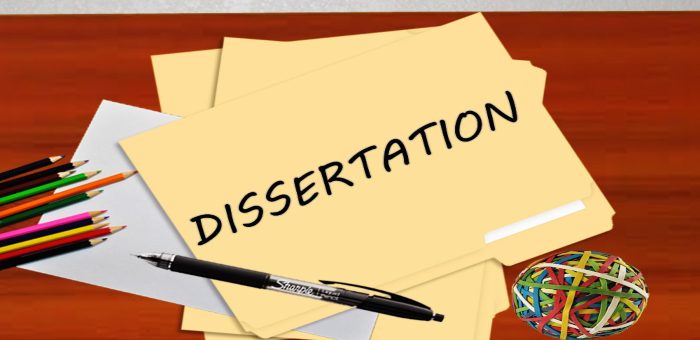
12 Best Ways to Write Introduction for Dissertation
It might seem like the most logical approach to write the introduction and abstract of the first chapter of your dissertation before continuing on towards any other parts of the paper. However, that is entirely not how it should be done. The best course to take is writing your introduction, abstract and conclusion once you have finished working on all the other elements that make up your research. Here we have twelve simple and successful tips to start dissertation.
1. Write Retrospectively
When you write in retrospective it allows you to tip up your ideas smoothly and ensures that the conclusion and introduction of the dissertation do not contradict each other in any way.
2. Providing Background Information
To write a good introduction is not possible if you do have a solid foundation to base it upon. Preliminary background information leads to a better comprehension of the dissertation’s topic in the reader. It put your entire research into context and does not leave any vague points.
3. Clarifying Your Motive
It is important to prominently state the focus of your research right in the beginning. Make it as clear as possible to avoid creating any confusion in the reader’s mind. By doing this you can spark their interest and curiosity to know more about the outcomes and originality of your research work.
4. Pointing out the Research Topic’s Value
Why is it worth the reader’s attention and time? This is the question that can make or break dissertation introductions. Have logical and solid reasons to convince why your chosen topic is different and how does it affect the field of research on the whole. The most successful way to do this is by identifying a problem or gap in the research and then attempting to address it through your paper.
5. Specifying Your Aims and Objectives
It should be kept in mind that aims and objectives are two separate things and should be treated as such while writing an introduction. Usually they are created during the proposal phase of your project so all that is needed is some clarity and organization. A research must have an overall aim which should be stated clearly and directly. The objectives lead from this aim as they explain how it will be met.
6. Achievability
Your research objectives should be brief, precise and achievable. Go for realistic methods to reach your aim and refrain from making them so complex and unattainable that they cannot be completed in a reasonable time period
7. Have a Concrete Framework
Adding further elements like your research question in the introduction does not only expose the reader to the aims and objectives of the dissertation but also help build a strong groundwork for where you want to lead them through the rest of your research.
8. Include Sub-Sections
An introduction must be divided into sub-sections with their respective headings or subheadings. These need to highlight the basic references that you are planning to use in the main part of the research. If you write the introduction in the end you can easily do this part in the best way possible as you will have all the points through which you can display your research in the most favorable light.
9. Add a Glossary
There are likely to be some key terminological words that can create a hindrance for the reader in fully understanding the dissertation. So you can include a list of abbreviations or a glossary and also mention these important terms in the background section.
10. Keep It Balanced
This is a mistake that is most commonly made by students. Either the different sections of the introduction ramble on for too long or they are so brief that it shows a clear lack of focus. Its best to make an outline beforehand to determine that you write everything in a balanced and organized way.
11. Ensure Relevance
Showing the relevance of your study is the key part of any introduction. State clear reasons for how it relates to the existing research that has been done by others on the topic and how the new outcomes and insights you have uncovered are going to contribute to it on the whole.
12. Overview
The final step is to provide an overview of the dissertation’s structure and brief summaries of each chapter to guide the reader. The descriptions for each chapter should be concise and a couple of sentences should be enough to explain what it contains.
Writing a dissertation introduction can be understandably hectic and frustrating without the right guidance. There are already various phases and sections that make up the whole research and justifying it all in the introduction can become pretty overwhelming. But our tips are sure to guide you through the worst of it.

Leave a Reply